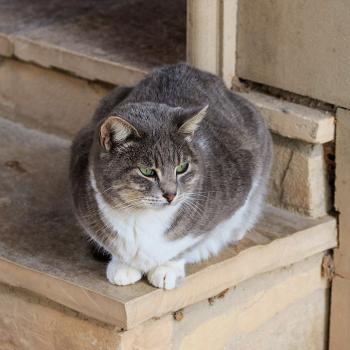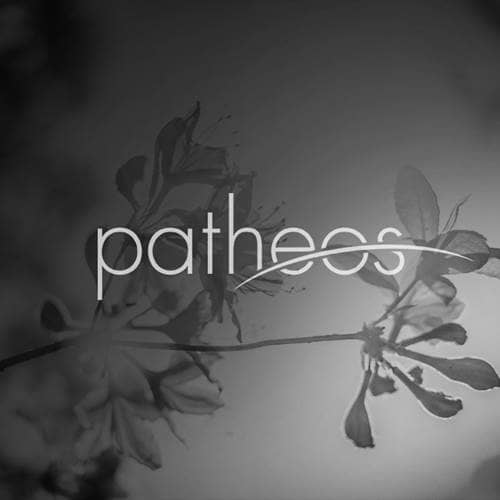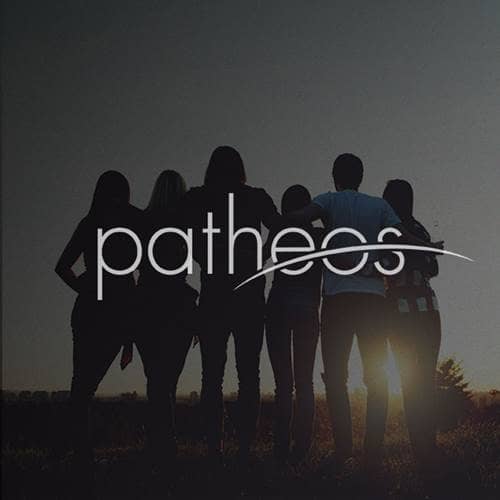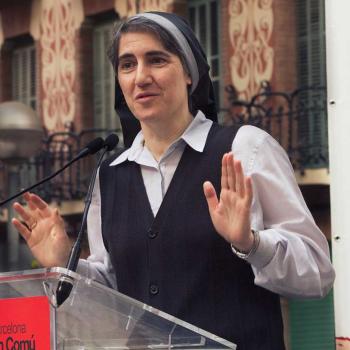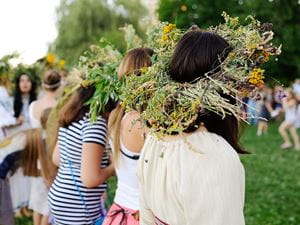
Samhain, also known as Halloween or All Hallows’ Eve, is one of the eight major festivals commemorated by most Pagans. Samhain always falls on 31 October. Because the annual cycle of festivals, known as the Wheel of the Year, begins on 1 November, Samhain is usually considered the last festival of the year.
Samhain is considered one of the four “earth-centered” festivals of the year; the others are Imbolc (early February), Beltane (early May), and Lammas (August). These festivals recognize the interactions of humanity with the seasons of the earth—sowing and reaping, springtime fertility and autumn death. Most Pagan holidays are measured from sunset to sunset, and most of the rituals and magic (or magick) are conducted at night. Each of these is an opportunity to worship gods and goddesses, welcome the changes of nature, draw on spiritual powers, and practice healing magic. Many Pagans gather during the Sabbats to practice these rituals communally.
Paganism is a non-dogmatic and individual-oriented religious movement, so there are no universal requirements or expectations for rituals or ceremonies. Pagans are free to create their own traditions. That being said, there are many common elements in their festivals—shared themes, symbols, and practices.
Because of the overlap between many Samhain traditions and the culturally popular Halloween, some of the Pagan rituals for Samhain might be familiar to many non-Pagans. Jack-o’-lanterns with lighted candles, cornucopias or horns of plenty filled with root vegetables, and scarecrows, may each be part of a Samhain celebration. Pagans may, where permitted, have bonfires and festival gatherings that include fire-jugglers or costumed participants, or even fortune telling. Samhain is often a time when Pagans recognize the death of the Horned God (Cernunnos or Kernunno), passing with the death of the year, only to be reborn at Yule, the Winter Solstice.
Since this festival—occurring as it does (in the northern hemisphere) in late fall, a time when nature’s abundance is exhausted and it prepares for winter’s death—Pagans may also use this holiday to honor ancestors, visit cemeteries, and make contact with the dead through divination and scrying (or “seeing” through the use of a crystal ball or other object of reflection). Many Pagans also use Samhain to celebrate Hecate, the Greek goddess of witchcraft, ghosts, magical rituals, and liminal spaces between this world and the underworld. Hecate’s lore is complex, so traditions vary in honoring her but, as a goddess of the underworld, she is especially important during this time of year when the dead are considered to be nearer the living than at other times. Because of this, many Pagans consider Samhain to be the most powerful holiday for contact with the spirit world. (This is evidenced in much of the costuming and symbols associated with the seemingly non-religious aspects of Halloween.)
Pagan spirituality encourages practitioners to honor those deities they find themselves most drawn to, to incorporate the traditions that best fit their sense of the divine, and to practice rituals with creativity and generosity. Thus, all of these traditions may have innumerable variations and different emphases, depending on the practitioner.
Read more about Pagan rituals and ceremonies here.
Image Credit: Shutterstock
3/7/2023 10:50:09 PM
